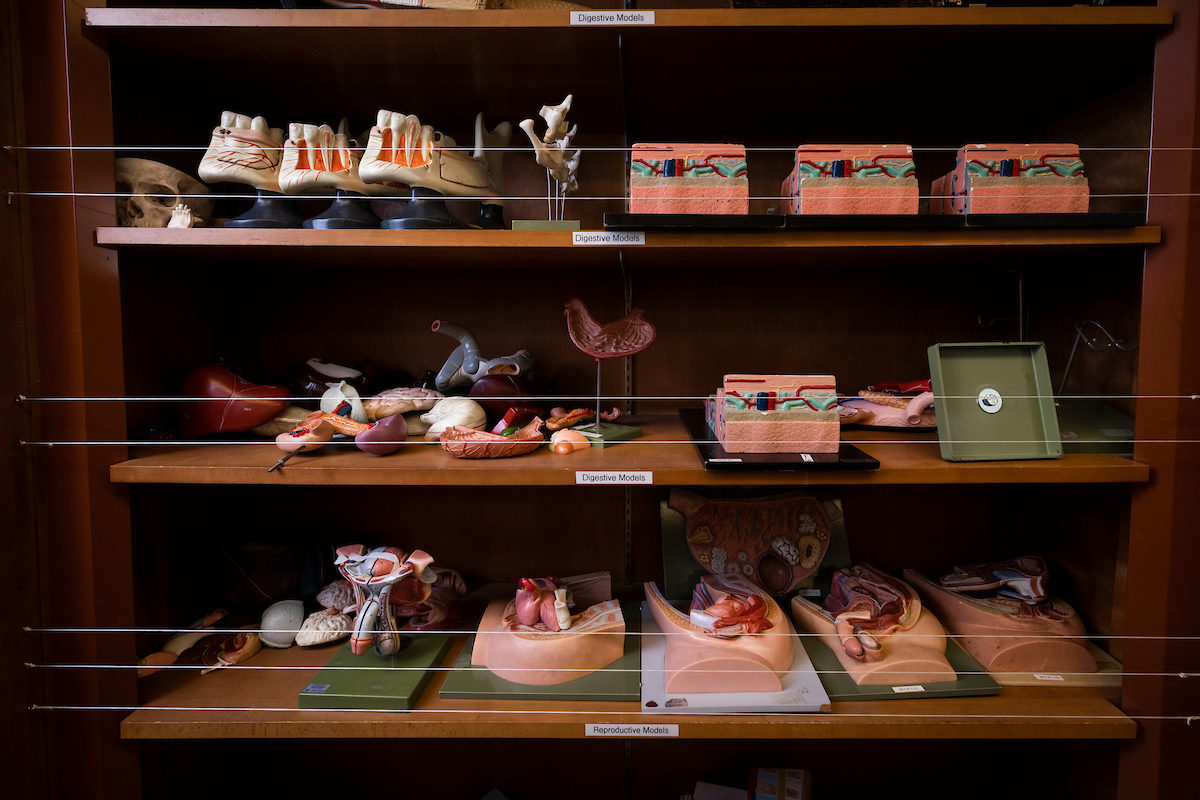Students of the Biological Sciences Department are exposed to the full spectrum of biology career choices. Located on California’s Central Coast, the hub of pristine ocean, coastal marine, estuary, riparian, mountain, and grassland environments, these unparalleled “living laboratories” are ideal for study and research on plant, aquatic, and animal species in a variety of thriving ecosystems. The latest high-tech equipment allows students to study life on a molecular level. The department and its professors are continuously engaged in projects funded by private, state, and federal agencies, including the National Science Foundation, Office of Naval Research, and the National Institutes of Health.
Modified from bio.calpoly.edu
Senior Projects from 2013
Census and Mapping of Chorro Creek bog thistle in Reservoir Canyon, San Luis Obispo, CA, Tyler Michael Lutz and
Beneath the Surface Overview, Elizabeth Sikkema and
Benefits of pre-lecture assignments and inquisition based learning in comparison to traditional lecture modes in science education, Lance Toppen and
A Comparison of Relative Ear Length Between Two Neighboring Populations of Peromyscus maniculatus, Joshua S. Willems and
Senior Projects from 2012
The Spatial Games: Investigating the Spatial Distribution of ANAX and Select Prey as a Function of Predator-Prey Interactions, Shane Elizabeth Johnson and Nene Kumashe Ugbah
Camera Survey of Wildlife Corridors Adjacent to Highway 101, Grace K. Mannell and Chelsea E. Rose
Effect of Food Availability on Social Behavior in a Captive Group of Bonobos (Pan paniscus), Alyssa Semerdjian and
Potential for Barn Owl as Rodent Biological Control in Central California Vineyards, Hannah Tillmann and
Hypoxia-sensitive gene expression in the gastrocnemius muscle following chronic hind limb ischemia, Andrew Tilton and
Ear Length as a Diagnostic Character for Identifying Species of Kangaroo Rats, Daniel W. Ziebron and
Senior Projects from 2011
The proteomic response of Ciona intestinalis to ocean acidification and acute heat stress: Impacts of global climate change in coastal marine systems, Michael Dennis Dwyer Jr. and
Trap Shyness and Avoidance Affects on Capture Proportions of Dipodomys heermanni arenae, Natalie E. Folsom and Andrew R. Ruddock
The Relationship Between 11-Ketotestosterone, Cortisol, and Testosterone and Condition Index for Poecilia reticulata, Shelly Gupta and Brandy G. Kalbach
Influence of wave action on Mytilus californianus mussel beds, Jaclyn Mann and
Songbird Diversity in Oak Woodland and Riparian Habitats In the Los Padres National Forest, San Luis Obispo County, California, Trevor Pell and
Regional Scale Monitoring of Methane Production by Dairy Farm Ungulates; A proposal to the National Science Foundation (NSF) and the National Ecological Observatory Network (NEON, Inc.), Lindsey Anne Peterson and
Brody-Bertalanffy growth curves from tag and recapture studies on cabezon (Scorpaenichthys marmoratus) and gopher rockfish (Sebastes carnatus) of the Central Coast, Christie Yorke and
Senior Projects from 2010
Botanical Report of Tierra Redonda Mountain BLM Area of Critical Environmental Concern, San Luis Obispo County, California (W120˚59’41”; N35˚45’59”)., Anthony Baniaga and Andrew Theo Fitanides
Effect of Sand Grain Size on Burrowing Behavior of Juvenile Pacific Sand Crabs (Emerita analoga), Natalie A. Lee and Laura M. Melroy
The significance of the male display during male-male interactions in guppies (Poecilia reticulata), Rebecca Nuffer and Samantha M. Alburn
Design and Implementation of Marine Biology Lessons at the Avila Beach Sea Life Center, Heather L. Price and
Investigation of High Salt Intake and Adipogenesis in Rats, May Yong and
Senior Projects from 2009
Attempted Cloning of a Wnt Gene from Botrylloides violaceus, Manasa Chandra and James Tumulak
Purple Martin, Progne subis, in San Luis Obispo County Riparian Habitat: Presence, Persistence, Nesting, Brooding and Reproductive Success, Shannon Eileen Murphy


